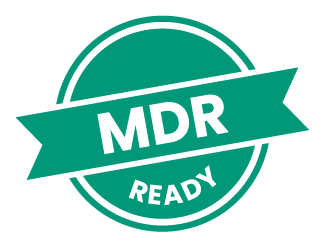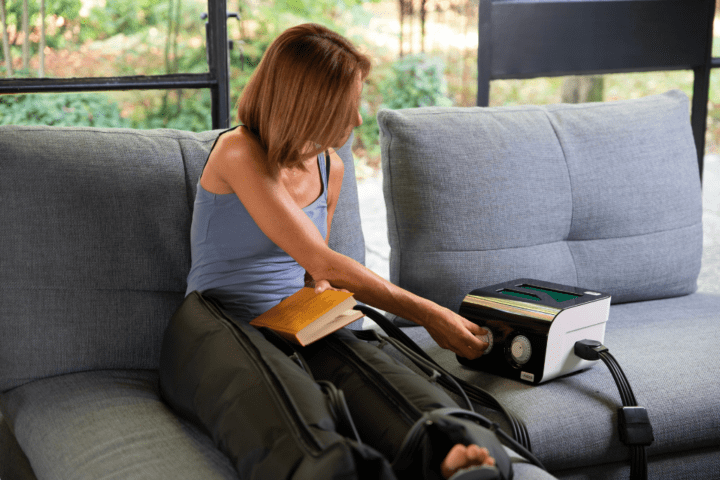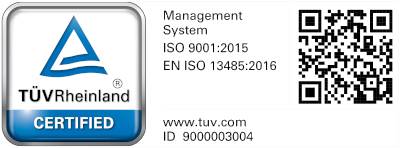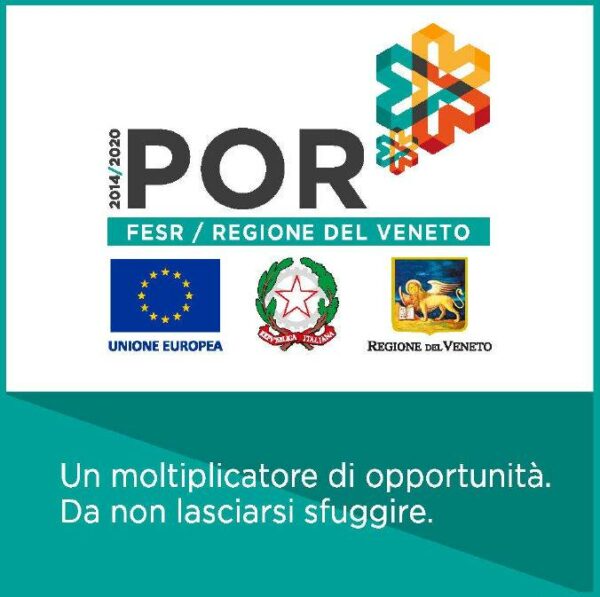Do you often feel your legs are swollen and heavy? Do you suffer from poor blood or lymphatic circulation? Do you have a job that requires you to stand up for many hours?
If your answer is yes to at least one of these questions, pressotherapy is the ally you need for your legs!
What is pressotherapy for legs
Pressotherapy is a therapeutic technique used for the treatment of various diseases of blood and lymphatic system. The pressotherapy device, connected to special leggings consisting of air chambers, exerts a sequential massage from the toes to the thighs. This “pressure” helps restore proper blood and lymphatic circulation of your legs, reducing swelling, inflammation, oedema, and eliminating excess toxins.
Thus, the pressotherapy device becomes your new ally to be used whenever you want in the comfort of your home. How is this possible? Continue reading.
Benefits and contraindications of pressotherapy for legs
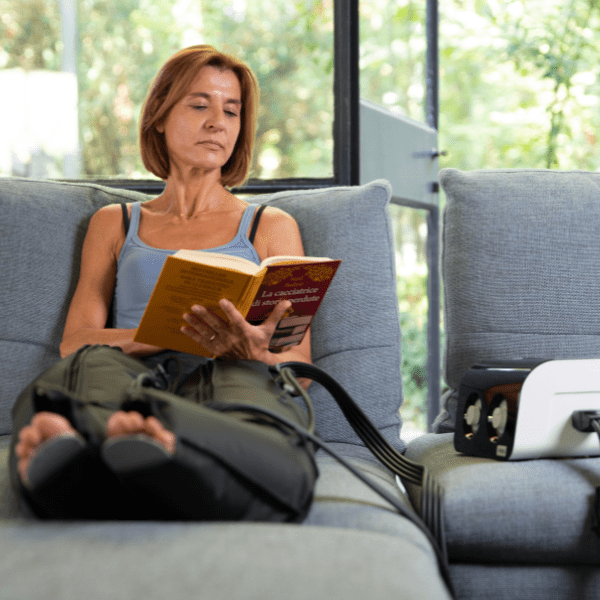
Many people believe that pressotherapy is only used to treat skin imperfections and it is a specific tool for aesthetic purposes. Nothing could be more wrong! Clinical studies have proven its efficacy in the medical field, especially to treat:
- oedema
- lymphoedema
- venous ulcers
- venous insufficiency
The benefits of pressotherapy for the legs are countless:
- pressotherapy reduces leg swelling caused by fluid retention;
- relieves pain and inflammation in legs caused by lymphoedema;
- Promotes muscle recovery after excessive physical exertion (many hours standing or intense sports activity);
- It helps restoring mobility and correct venous and lymphatic circulation;
- It prevents stagnation of interstitial fluid in the tissues of the legs.
In short, a real tool for the well-being of your legs!
Beware, however, of improper use of the pressotherapy device. We always advise you to consult a specialised doctor who can carefully diagnose the condition and indicate the most suitable treatment for you.
In fact, this therapy is not recommended for those who have:
- cardiovascular problems;
- high blood pressure;
- skin problems (burns, dermatitis, wounds, malignant tumours, etc.);
- serious circulation disorders (hardening of the arteries, varicose veins, angina, etc.);
- prostheses, severe malformations and implantable medical devices.
Furthermore, Leg pressotherapy is not recommended during pregnancy and for children under the age of 18.
These are just some of the contraindications of pressotherapy. Always consult your doctor before approaching this therapy and read the user manual of your medical device carefully.
Indications for leg pressotherapy at home

Yes, you read it right! Pressotherapy for legs can be performed in total relaxation and in the privacy of your home.
On the market there are certified medical devices for home use. One example is our I-Press, the Made in Italy pressotherapy device that allows you to connect two leggings and also add a third applicator, e.g. the abdominal band, for complete relaxation.
Thanks to I-Press there is no right or wrong time to do pressotherapy, you decide when to do it. You can treat your condition and perform lymphatic drainage on your legs with the same machine.
You are probably wondering at this point how to carry out a leg pressotherapy session at home? Nothing could be simpler!
Simply connect I-Press to the power outlet, the leggings to the device and put them on. At this point, you set the correct pressure and therapy time… and you’re done!
If your doctor does not give you guidance on the correct pressure to set and the duration of the session, don’t worry. The I-Press user manual provides all the information needed to carry out the treatment safely and independently.
Does leg pressotherapy work?
The answer is yes, if you do not have to treat conditions for which it is not recommended.
Each of our medical devices for home use is carefully designed and each treatment programme is based on the latest clinical studies in the field. Pressotherapy included. Not to mention that the I-Press device itself is used by hospitals and specialised organisations to conduct clinical studies.
In fact, it has been found that in hypomobile patients with debilitating oedema, pressotherapy reduced the circumference, skin thickness and volume of the legs, thus improving ankle mobility and reducing inflammation. If you want to learn more about the study read this article.
Moreover, it has been shown that 30 sessions of pressotherapy (30 days) are enough to see the benefits of the therapy in the case of fluid retention. Whereas, if you have to do pressotherapy on your legs to relieve fatigue or for muscle recovery, you will get the first benefits even after 1 or 2 sessions.

